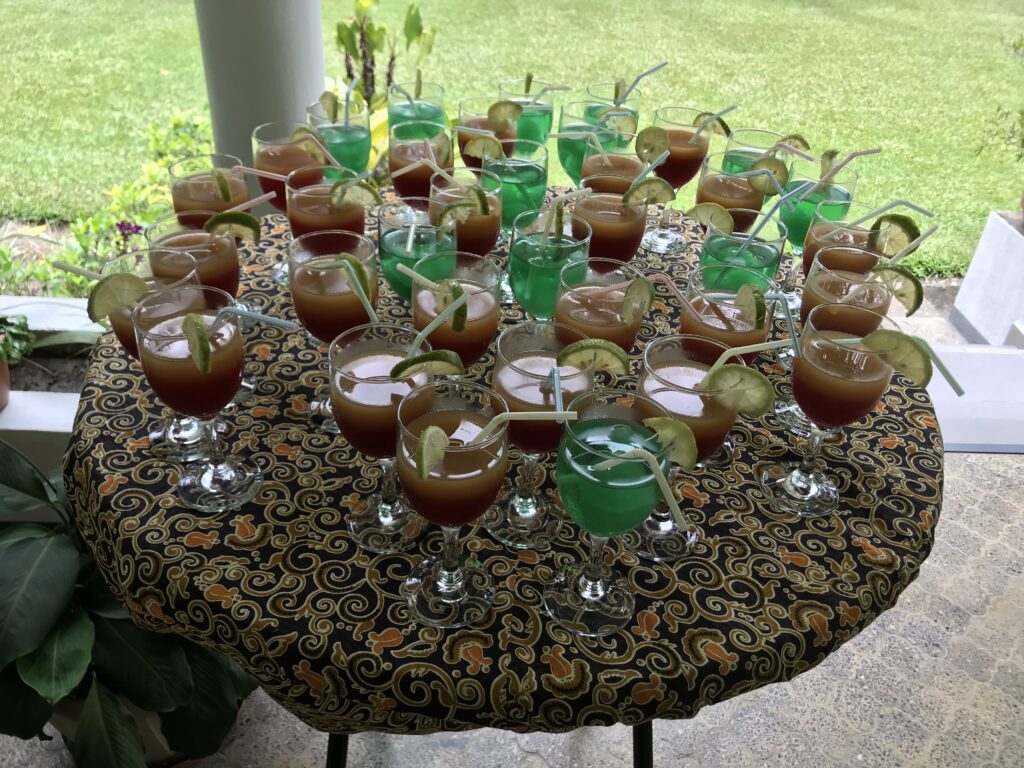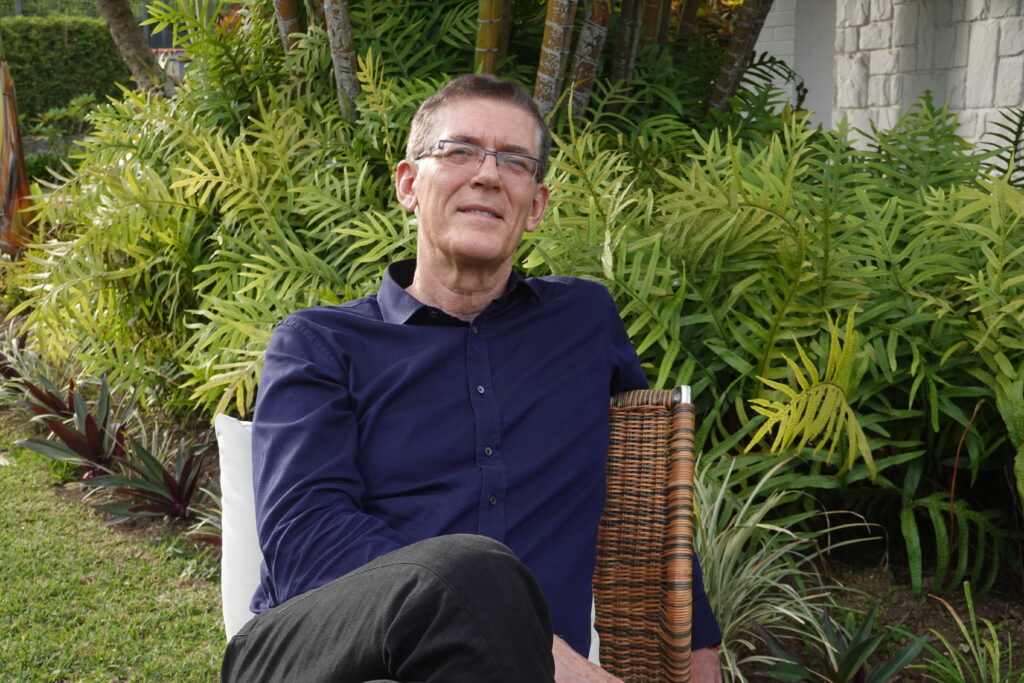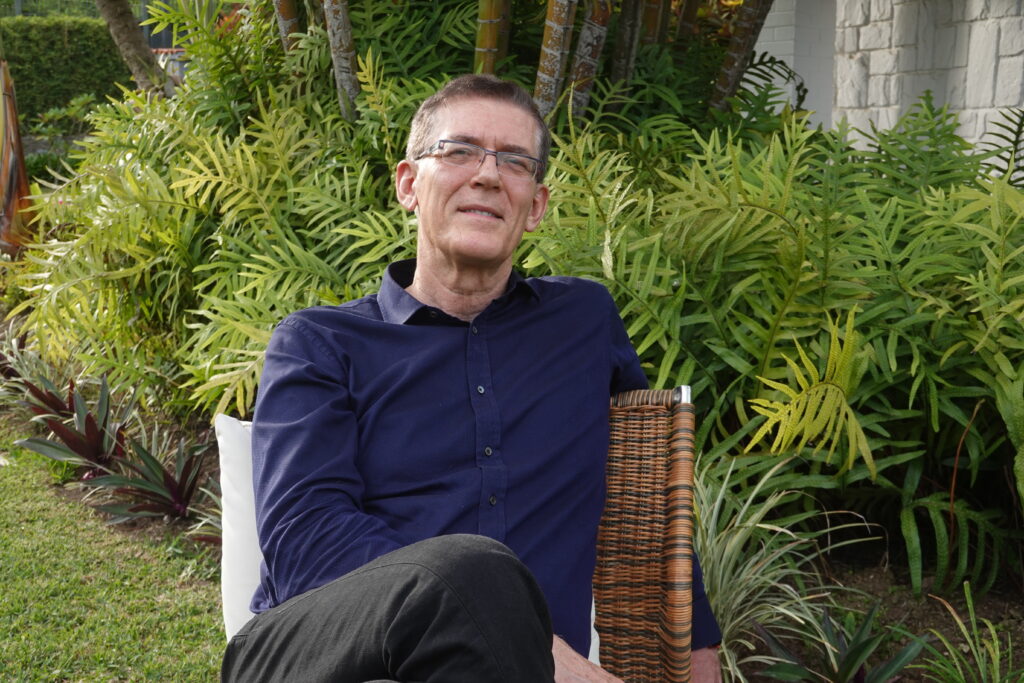
Somewhere in Southern Turkey
Dear reader,
I already wrote about three other life-extending supplements (berberine, fisetin and spermidine). Research is ongoing, but indications for all three are promising. This blog is about a fourth one, Nicotinamide riboside (NR). It is perhaps less known than the famous NMN. Still, it is probably more effective and is for sale in most countries (which NMN is not). I recently switched from NMN to NR.
NR intervenes on cellular level and compensates for the decline of certain cellular functions as we age.
1.My thoughts about supplements in general
Before delving into the details of NR, let me first outline my general approach. The five key factors for longevity are diet and hydration. Stress management is also essential. Don’t underestimate the importance of quality sleep and regular exercise. Finally, keep an active social life. By excelling in these five areas, you significantly increase your chances for a longer and healthier life. Supplements form a sixth category and, in my opinion, offer the most intriguing avenue for intervention.
Supplements provide hope—hope for a much longer life. Many studies are underway, and life is too short to wait for the results of all of them. Promising findings are emerging at an increasing pace, thanks in part to advancements in AI. I am among those open to taking certain supplements, even though their claimed effects are not yet scientifically proven. I adhere to the “do no harm” principle and choose to give them a try.
2.What is Nicotinamide riboside (NR)?
NR is a supplement with a potential life extending function. It is a form of vitamin B3. It is an efficient precursor to NAD+. It is the subject of many studies exploring its benefits for health and longevity. It exists in our daily diet as niacin and niacinamide and found in small amounts in milk. NR is efficiently taken up by cells, where it is converted into nicotinamide adenine dinucleotide (NAD+).
3.And what is nicotinamide adenine dinucleotide (NAD+)?
NAD+ is a coenzyme found in all living cells. It plays a crucial role in cellular metabolism, serving as an essential electron carrier in redox reactions. NAD+ is involved in several important biological processes, including energy production of cells, DNA repair, sirtuin activation and cell signaling. (More information on precursors, coenzymes, redox reactions, sirtuin activation, and cell signaling is provided at the end of this blog).
NAD+ is crucial for cellular metabolism and repair. It is a fundamental target for interventions. These interventions aim to promote long-term health. (I know it sounds like an advertisement, sorry about this).
4. Levels of NAD+ decline with age. This decline has sparked interest in its potential therapeutic use for conditions related to aging. It is also being considered for energy metabolism. Additionally, it may help with various degenerative diseases. The concept is easy: more NR will lead to better level of NAD+.
5.A bit more about the functions of NAD+
NAD+ is a fundamental component of our energy metabolism, essential for converting food into usable energy. It contributes to ATP, the energy currency of the cell.
NAD+ is involved in the role of enzymes like PARPs (Poly ADP-Ribose Polymerases). These enzymes repair damaged DNA. As a result, they maintain the integrity of the genome.
NAD+ activates sirtuins, which are a class of proteins. These proteins regulate cellular health, aging, and longevity. Some scientists suspect that cells and humans last longer. They suspect humans age more slowly as sirtuin-1 in their cells is better able to carry out its function. They believe this could be achieved by increasing the concentration of NAD+ in cells.
NAD+ also acts as a precursor for the synthesis of molecules like cyclic ADP-ribose, which are involved in cell signaling.
6.There is more to NR than only contributing to higher levels of NAD+
Over 100 preclinical studies have been published on NR (nicotinamide riboside). We’re starting to see numerous publications on disease states. Some are just age-related indications. Others are actually disease states. Remarkably, there is incredible consistency with positive results.
Animal models have shown that NR can increase NAD+ levels. They might exert potential benefits related to aging, energy metabolism, and cellular health. However, human studies are still developing.
There are peer-reviewed published clinical studies on inflammation-related disorders. They range from the lungs to the brain, muscle, and heart. Diseases related to mitochondrial function seem to benefit. One of the most notable diseases is Parkinson’s disease. It is also the furthest along in benefiting.
7.Some last words about NR, NMN and NAD
NR and NMN are close enough to consider both. Chemically they are the same, but NMN has an extra phosphate group, which makes NMN bigger. This phosphate group has first to be eliminated before it can enter a cell, unlike NR that can enter directly.
NMN is not for sale in many countries. This includes The Netherlands. This is one (but not the only) reason why I go for NR.
Be careful with NAD boosters. Companies sell NAD, which is a bad idea. The NAD molecule is a very large molecule. When you ingest it, it enters the bloodstream. It tries to get into the cell and fails. That try, which is dramatic with NAD, a little less dramatic with NMN, causes friction and inflammation.
The phosphate does eventually breaks off. The NAD molecule breaks apart into smaller molecules. One of these molecules is actually NR. This NR enters into the cell very cleanly and efficiently. It then eventually converts back into NAD once inside the cell.
8.Is NR safe?
NR is generally considered safe when used appropriately and has a good safety profile based on current studies. If you have a history of liver disease, do not take nicotinamide — even at low doses.
Enough food for thought I would say. Take care and live a happy and healthy life!
Robert, your health friend

=================================================================
Explication of some of the terms used in bullit no 3.
Precursor = In biochemical terms, a precursor is a compound that participates in the chemical reaction that produces another compound. For example, amino acids are precursors to proteins, and cholesterol is a precursor to steroid hormones.
Co-enzyme = A coenzyme is a non-protein organic molecule that binds to an enzyme and is essential for the enzyme’s activity. Coenzymes work by helping enzymes catalyze reactions that occur in cells. They often act as carriers for chemical groups or electrons, facilitating the transformation of substrates (the molecules upon which enzymes act) into products. Many coenzymes are derived from vitamins, which is why vitamins are crucial for maintaining cellular function and overall health. NAD+ is one of the best-known coenzymes.
Redox = Redox is short for reduction-oxidation, which refers to a type of chemical reaction involving the transfer of electrons between two species. These reactions are essential to many biological and industrial processes and can be characterized by changes in the oxidation states of the species involved. Redox reactions are fundamental to many processes, such as cellular respiration, photosynthesis, combustion, corrosion, and various industrial chemical processes.
Sirtuin activation = NAD+ is een molecuul dat belangrijke enzymen in de cel in staat stelt om hun werk te doen. Daarbij zitten ook enzymen die biochemici sirtuïnes noemen. Een hele belangrijke is sirtuïne-1. Dat enzym stelt menselijke cellen in staat om zichzelf te repareren.
Cell signaling = Cell signaling is the complex system of communication that governs basic cellular activities and coordinates cell actions. It is a vital process by which cells communicate with each other and respond to external and internal stimuli. This communication is essential for the development, function, and survival of all cells and organs in living organisms.
















